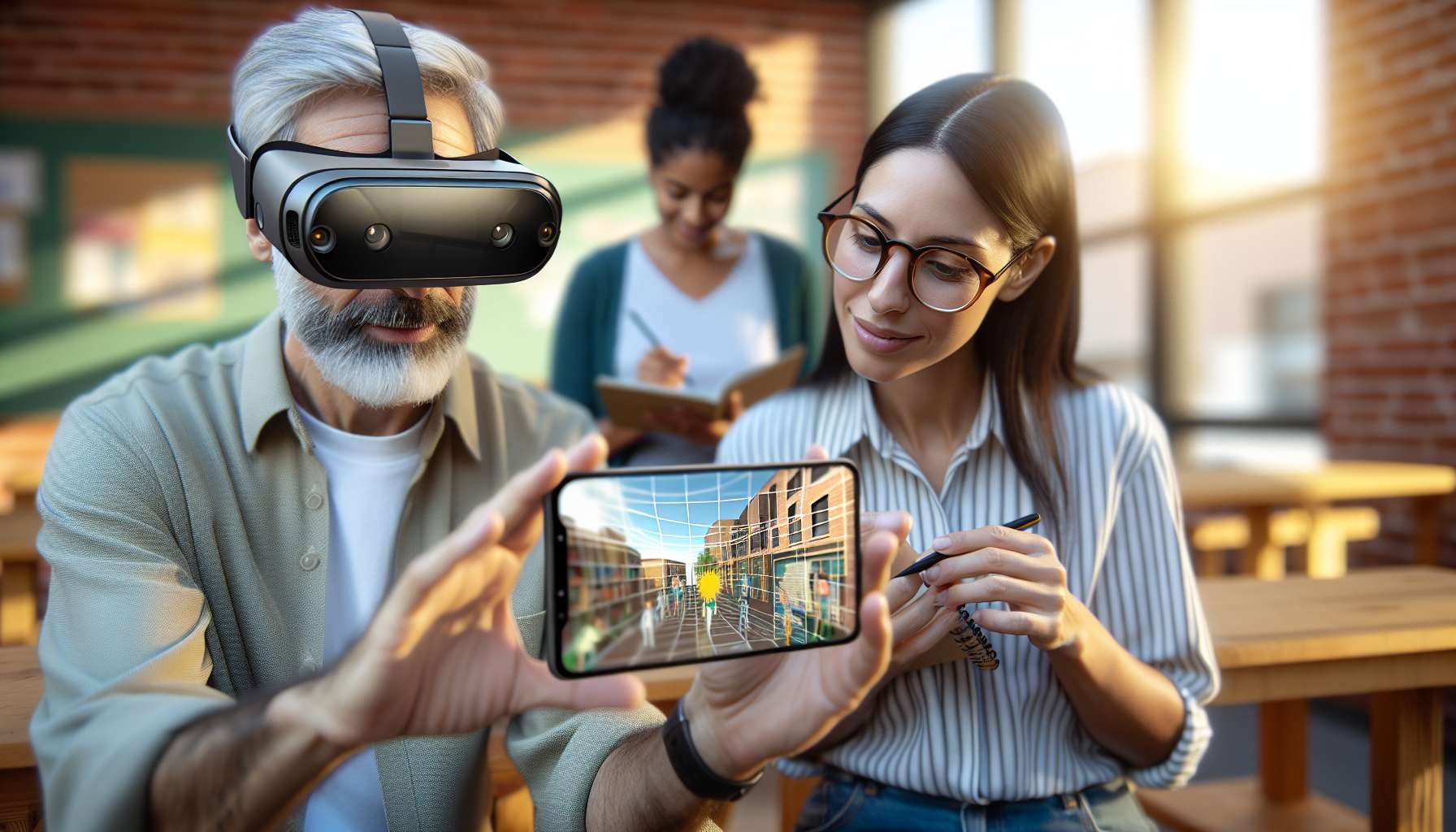Unlocking the Potential of Augmented Reality in Educational Product Demos
Imagine a classroom where students can interact with virtual objects, explore complex concepts, and gain hands-on experience without leaving their seats. Thanks to the revolutionary technology of Augmented Reality (AR), this vision is becoming a reality. In this article, we will explore the opportunities and strategies for transforming educational product demos using AR.
What is Augmented Reality?
Before we dive into the educational applications, let’s briefly understand what AR is. Augmented Reality is a technology that overlays digital information, such as images, videos, or 3D models, onto the real world. By using a smartphone, tablet, or AR glasses, users can see virtual objects integrated into their physical environment.
The Power of AR in Education
AR has the potential to revolutionize education by providing immersive and interactive learning experiences. Traditional product demos often rely on static images or videos, limiting students’ understanding and engagement. With AR, educational product demos can be transformed into dynamic and interactive experiences that enhance comprehension and retention.
Opportunities for Educational Product Demos
AR opens up a world of opportunities for educational product demos. Here are a few examples:
- Science Experiments: Students can virtually conduct complex experiments, observe chemical reactions, and explore the microscopic world.
- Historical Simulations: AR can transport students back in time, allowing them to witness historical events and explore ancient civilizations.
- Engineering and Design: Students can design and manipulate 3D models, test prototypes, and understand complex engineering concepts.
- Language Learning: AR can bring language lessons to life by providing interactive conversations with virtual characters and real-world context.
Strategies for Implementing AR in Education
Integrating AR into educational product demos requires careful planning and execution. Here are some strategies to consider:
- Identify Learning Objectives: Clearly define the educational goals and outcomes you want to achieve through the AR experience.
- Choose the Right AR Platform: Select an AR platform that aligns with your educational needs and provides the necessary tools for creating interactive content.
- Create Engaging Content: Develop interactive and visually appealing AR content that captures students’ attention and encourages exploration.
- Provide Guidance and Support: Ensure that teachers and students receive proper training and support to effectively use AR in the classroom.
- Evaluate and Iterate: Continuously assess the impact of AR on student learning and make improvements based on feedback and data.
The Future of AR in Education
The potential of AR in education is vast, and its impact is only beginning to be realized. As the technology continues to evolve, we can expect even more innovative applications and advancements in the field. AR has the power to transform education by making learning more engaging, interactive, and accessible to all students.
So, whether you are an educator, a school administrator, or a product developer, it’s time to embrace the possibilities of AR in educational product demos. By leveraging this transformative technology, you can unlock new levels of engagement, understanding, and success in the classroom.





